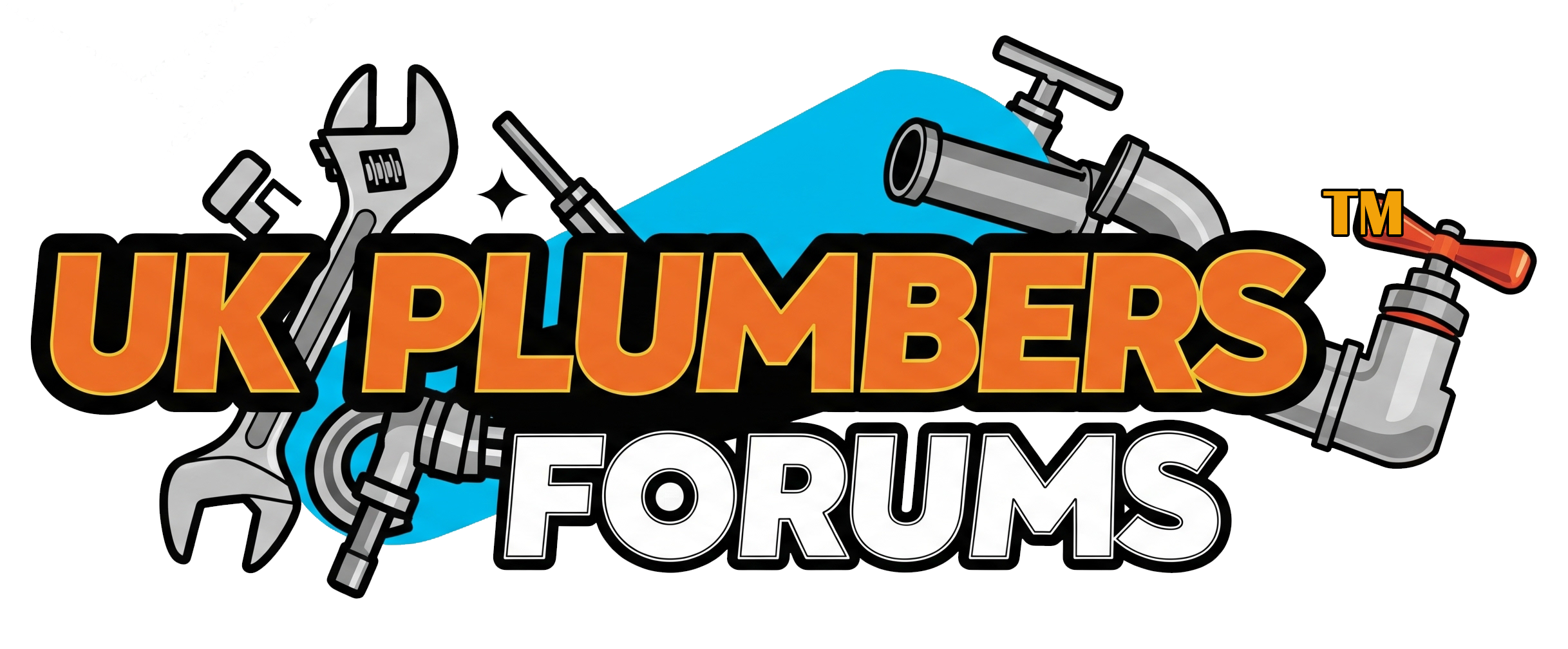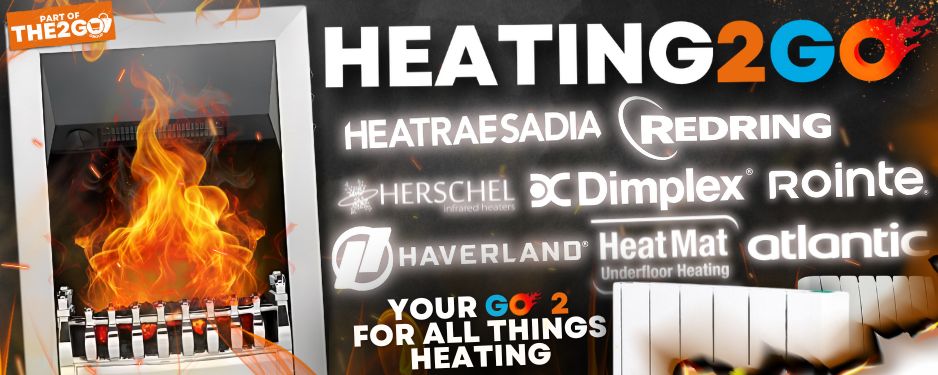I have spent an inordinate amount of time trying to work out the best approach to fitting valves to my new towel rail, but i just don’t have the experience to know the best approach and would appreciate input from you guys. If i get this wrong, it’s going to be a major PITA to correct retrospectively! :-/
The difficulty comes with the fact that it is a fairly small en-suite and the rail has to sit snuggly between a toilet and units that have an opening door that has potential to foul on the opposite side of the rail and / or valve. This is how it was originally done, but it is just a bit naff and I would like to try and avoid it.
The pipe is 10 mm JG and comes out of the block wall. Previously the wall has been chased quite deeply for original pipework and so i want to avoid further channelling as much as possible. Floor is up and plasterboard off the wall currently. I would prefer the (manual) valves tucked under the rail, rather than sticking out of the front / side due to limitations on space.
Having considered both corner and angled valves, they come with the issue that they would require only 30mm of pipe to extend from the wall (assuming JG reducer) and that would only leave around 10 mm gap to the wall (Pic 4 mock-up). I wonder about the difficulty of getting the reducer inserted onto such a small bit of pipe, as well as future removal!? I guess this issue would be made worse if the pipe is not locked in place. The other thing is the sheer size of the reducer that sticks out of the valve. It looks really naff - see first pic. Pegler do the Terrier Reducer (Pic 2) that is much smaller, but they are less-easy to get hold of, but perhaps that is the best solution with a corner valve!?
Don’t like idea of compression olives on plastic pipe, as any damage to the pipe would be a major pain. So, ruling out all associated options e.g 10mm valves, 10mm compression adaptors. The rail is a fair way up the wall and so not keen on the idea of pipework coming up through the floor, hence another option ruled-out.
One thing i am considering is using a straight valve (not a trv as pictured), along with a Drayton push-fit reducing 90-deg elbow. (Pic 3). This looks a bit tidier to my eyes, more pipe is accessible and all bits are available locally. The only downside seems to be that the fittings extend further down from the rail, although there are mimalist valves that would offset the issue somewhat. Not seen anyone else do this though and so it’s got me wondering why not and if i’m well-off at a tangent!?
Sheesh, that was a ramble! What would be your advice? TIA i
The difficulty comes with the fact that it is a fairly small en-suite and the rail has to sit snuggly between a toilet and units that have an opening door that has potential to foul on the opposite side of the rail and / or valve. This is how it was originally done, but it is just a bit naff and I would like to try and avoid it.
The pipe is 10 mm JG and comes out of the block wall. Previously the wall has been chased quite deeply for original pipework and so i want to avoid further channelling as much as possible. Floor is up and plasterboard off the wall currently. I would prefer the (manual) valves tucked under the rail, rather than sticking out of the front / side due to limitations on space.
Having considered both corner and angled valves, they come with the issue that they would require only 30mm of pipe to extend from the wall (assuming JG reducer) and that would only leave around 10 mm gap to the wall (Pic 4 mock-up). I wonder about the difficulty of getting the reducer inserted onto such a small bit of pipe, as well as future removal!? I guess this issue would be made worse if the pipe is not locked in place. The other thing is the sheer size of the reducer that sticks out of the valve. It looks really naff - see first pic. Pegler do the Terrier Reducer (Pic 2) that is much smaller, but they are less-easy to get hold of, but perhaps that is the best solution with a corner valve!?
Don’t like idea of compression olives on plastic pipe, as any damage to the pipe would be a major pain. So, ruling out all associated options e.g 10mm valves, 10mm compression adaptors. The rail is a fair way up the wall and so not keen on the idea of pipework coming up through the floor, hence another option ruled-out.
One thing i am considering is using a straight valve (not a trv as pictured), along with a Drayton push-fit reducing 90-deg elbow. (Pic 3). This looks a bit tidier to my eyes, more pipe is accessible and all bits are available locally. The only downside seems to be that the fittings extend further down from the rail, although there are mimalist valves that would offset the issue somewhat. Not seen anyone else do this though and so it’s got me wondering why not and if i’m well-off at a tangent!?
Sheesh, that was a ramble! What would be your advice? TIA i








